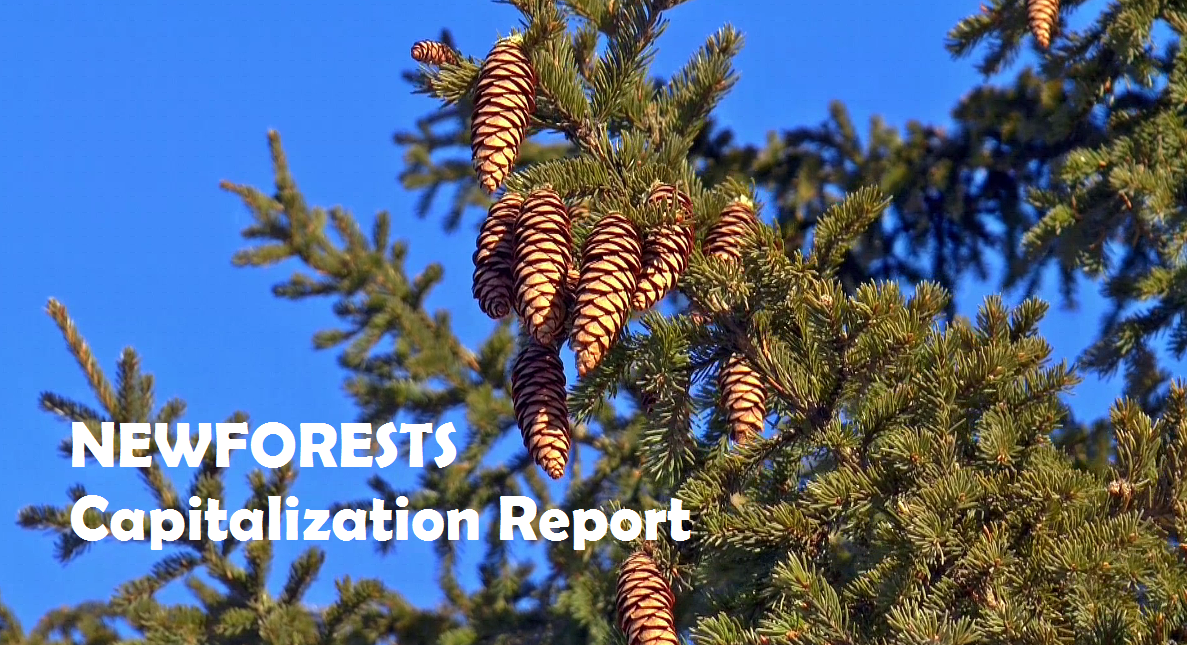
| Work package Number | 2 |
|---|---|
| Starting date | Month:5 |
| Leading partner | UQAT |
| Objectives | Knowing how the degree of diversity varies in time and space and identifying the processes responsible for these patterns and how they function are fundamental objectives of ecological science. The research objectives within this package are oriented towards the understanding of the mechanisms that generate and maintain biodiversity in forest ecosystems, the analysis of the territorial patterns that characterize biodiversity and the study of factors that threaten it. We hypothesize that rapid shifts in the usage of different land types will disrupt basic ecological processes, such as habitat selection, animal-plant interactions, and connectivity, which would lead to strong shifts in species distribution and community structure at multiple spatial scales. In this context, we will identify the relative contribution of the different factors associated with changes in biodiversity, and evaluate predicted changes using available data. The second goal is to determine the role that community structure and species interactions have in determining current responses of forest systems to changes in contrasting land use trajectories and how this role is expected to influence further change. Finally, the package aims to integrate the resulting knowledge on the effects of land use change and stand structure and composition on biodiversity in different biogeography and historical contexts in the North America and Southern Europe, with the purposes of reducing the risk of species loss, and increasing ecosystem stability, especially in areas of high conservation value, high degree of vulnerability or providing key services to human society. This WP joins together teams with interests in the dynamics of populations and their interactions to unravel species responses to global change drivers. |
| Description of work | Task 2.1. Determining the role of landscape structure and succession dynamics on forest biodiversity. Landscape ecology presupposes the existence of relationships between the spatial and temporal patterns of the landscape and the functional processes that take place within it. Changes in land-use are one of the main components of what is known as global change. It is often associated with changes in the ecological quality of forest habitats and landscape structure, especially in size, shape and spatial configuration. All these changes can have a negative impact on the conservation of the most vulnerable organisms, and in some case lead to increases in the risk of habitat invasion by exotic species. The dynamics of land cover and landscape structure in forested landscapes will be linked to their present-day distribution of their biodiversity and how it has changed over time during the last millennia. Ecosystem stability and disturbance have been related to species vulnerability and we will investigate to which degree these patterns hold for different forest types and the potential influence of contrasting historical trajectories (almost pristine forests in the New World vs. highly disturbed forests in the Old world).
Task 2.2. Create a scientific baseline on the long-term (secular to millennial time-scale) taxonomic diversity, including developing specific methods to describe such diversity. Such baseline would be crucial to assess the linkages between, first, diversity and, second, climatic changes, land-uses changes and disturbances history. Pattern of diversity will be spatially explicit based on continental scale databases of paleo-bioproxies. Genetic tree diversity will be analysed in light of historical biogeography of trees in order to decipher the role of refugia, migration or regional extinction on the intraspecific diversity of trees. Task 2.3. Investigate the effects of tree diversity on soil and canopy insect communities in agroforestry. An experiment is underway in Canada to evaluate the effects of different tree species and crops in an agroforestry context in maintaining a richer soil biota. This is especially significant in deeper levels, a factor that could be very important under future climatic conditions due to climate change. Similar experiments will be explored in the Mediterranean, as a way to demonstrate the possible extrapolation of the beneficial results of agroforestry. In addition, an evaluation of the insect community in the canopy of isolated trees in Spanish “dehesas” (savannah-like oak woodland with an agroforestry purpose) has demonstrated the maintenance of a rich and beneficial insect community even in extremely isolated trees. Task 2.4. Investigate the emergence of novel communities under global change. Despite the existing gap in the bibliography between plant and animal ecology studies, most ecologists would easily argue that it’s impossible to realistically understand one without the other. For example, many animals act as seed dispersers or fertilise soils, whereas plants provide food and shelter for many animals. Most habitat selection studies and their relationship with fragmentation accept that species distribute in landscapes both according to available habitat and well beyond it. However, few take into account trophic interactions among them, and yet predator-prey relationships are shown to play a role enabling or modulating the presence of species in “a priori” favourable habitats. We will integrate perspectives of the forests from different ecological and historical contexts to assess the degree for which forests communities differ from historical reference state and the degree to which this is related to new interactions being established within community networks. |



